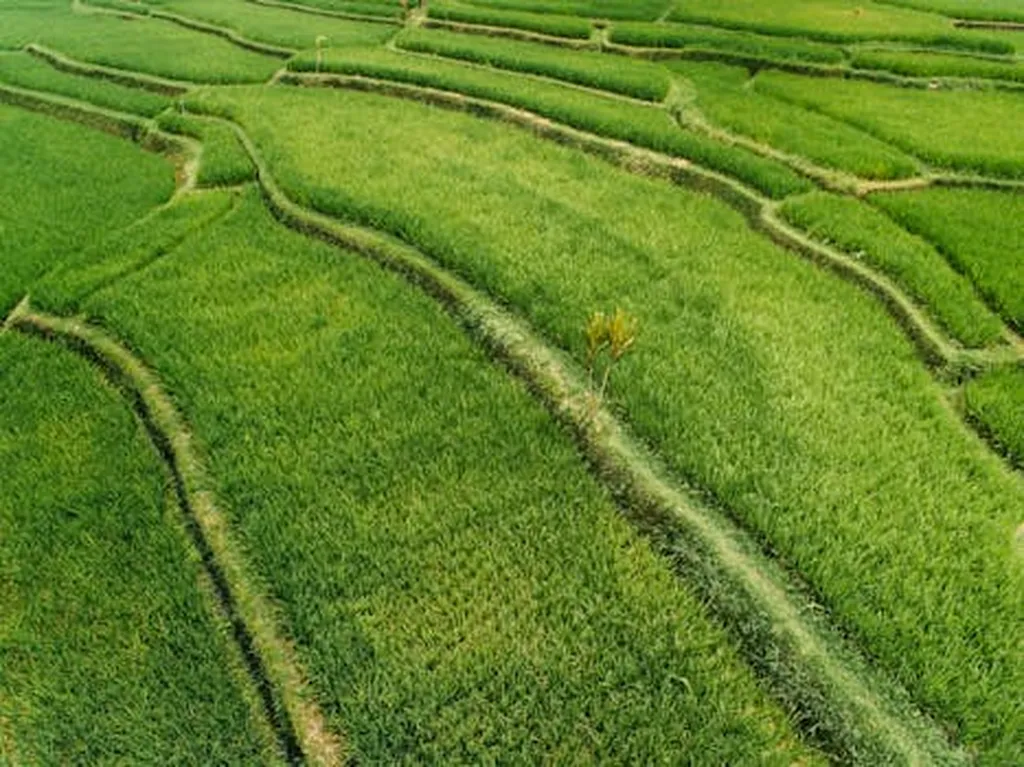In the heart of Nigeria, a groundbreaking study is set to revolutionize the way farmers identify and combat rice diseases, potentially securing food sources for millions worldwide. Researchers, led by Hassan Muhammad Yusuf from Ahmadu Bello University, have developed an advanced model that leverages transfer learning to classify rice diseases with unprecedented accuracy. This innovation could be a game-changer for the agriculture sector, particularly in regions where rice is a staple food.
The study, published in *Franklin Open*, focuses on four critical rice diseases: Brown Spot, Leaf Blast, Hispa, and healthy leaves. The team utilized a dataset of 5,678 augmented rice leaf images, splitting them into training (80%) and test (20%) sets to ensure robust model evaluation. The researchers employed the DenseNet201 model as the pre-trained model, known for its superior feature propagation and accuracy in plant disease detection. By transferring the parameters of the pre-trained model to the new model, they achieved a remarkable accuracy of 96.0%, outperforming existing models.
One of the key innovations in this research is the incorporation of depthwise separable convolutions at the upper layer of the pre-trained model. This modification significantly reduces training time while maintaining high accuracy, making the model more efficient and practical for real-world applications. “This method allows the proposed model to adapt to the rice leaf dataset and effectively classify it,” explains Yusuf, highlighting the model’s adaptability and efficiency.
The implications of this research are vast, particularly for commercial farming. Traditional methods of rice disease detection often require skilled visual inspection, which is time-consuming, prone to errors, and unsustainable for large-scale farming. This new model offers a faster, more accurate, and scalable solution, enabling farmers to quickly identify diseases and take necessary actions to protect their crops. “This research work will provide farmers with solutions to quickly identify rice disease and take necessary actions on their farms,” says Yusuf, underscoring the practical benefits for the agriculture sector.
The study not only addresses immediate needs but also paves the way for future developments in precision agriculture. As the agriculture sector increasingly adopts technology, such models can be integrated into larger systems for real-time monitoring and management of crops. This could lead to more sustainable and efficient farming practices, ultimately enhancing food security and economic stability in regions dependent on rice cultivation.
In summary, this research represents a significant leap forward in the application of deep learning and transfer learning in agriculture. By providing a reliable and efficient tool for rice disease classification, it offers a promising solution to one of the critical challenges faced by farmers worldwide. As the agriculture sector continues to evolve, such innovations will be crucial in shaping a more resilient and productive future.

